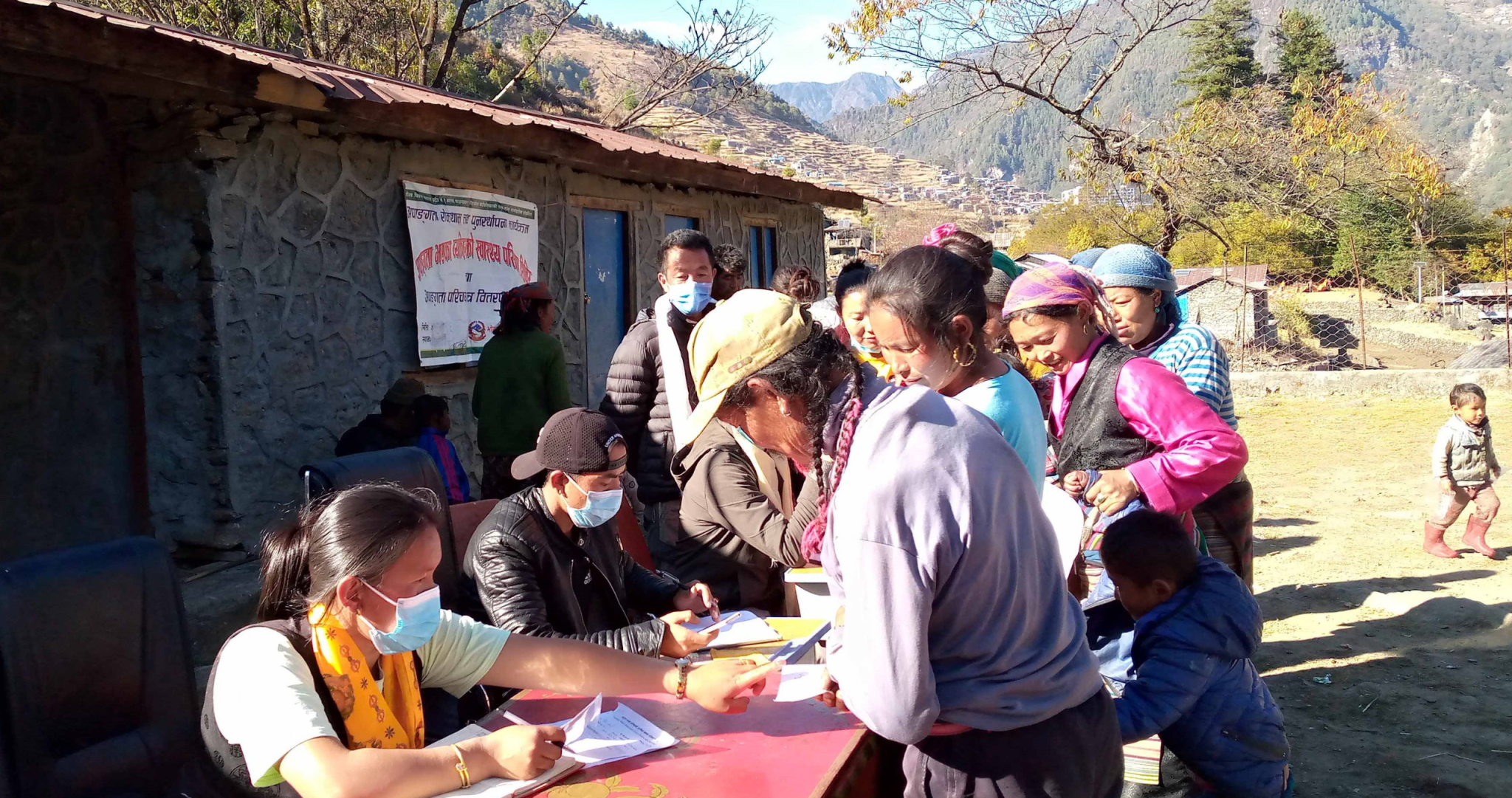The strategy for Nation Wide Scaling
The ultimate aim is to integrate DPRP as a regular government program and reach all the 647.744 persons with disabilities [1]and their families in Nepal and prevent birth defects or developing disabilities. To scale the program in other municipalities beyond Koshi Province is the highest aim of both Karuna Nepal and NL. We follow the following strategy for scaling:
- Lobby and advocacy with the federal government (Ministry of Women and Social Development) resulted in their decision to fund CBR in pilot programs for €100.000/yr in two new provinces (5 and 6). Also, they will co-fund the provincial and local government in Province 1. Karuna Foundation Nepal will start discussions with these provinces to explore how it can share its knowledge and experience with introducing CBR.
- Lobby with the Ministry of Health of the federal government to adopt the program components in our Prevention Program into their national health care policy and make them mainstream.
- Collaboration with UNICEF NEPAL in the introduction of DPRP with a focus on children in 6 municipalities in provinces 2 and 6. Karuna Foundation Nepal will provide technical assistance and training. UNICEF will support Karuna Nepal by lobbying with the federal government to incorporate this alternative model in its national policy and programs if the model developed together with UNICEF is successful.
- Via the successful implementation of DPRP 2.0 in Province 1, the mayors and ministers will become ambassadors for further scaling of the program in Nepal.
- The development of a knowledge and expertise center called Knowledge and Evidence (K&E) Lab. We expect the government and Non Government organizations working in the disability sector in Nepal (Unicef, UNDP, Handicap International), to use this lab for a successful introduction of DPRP in Nepal

